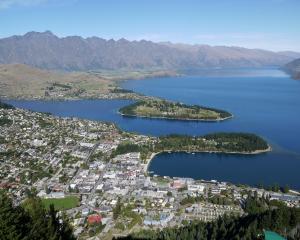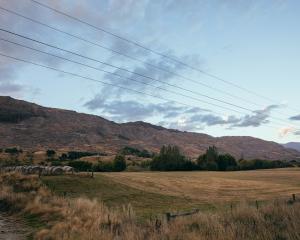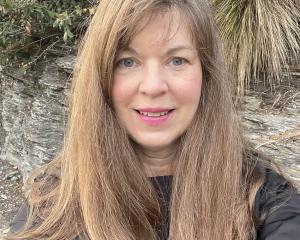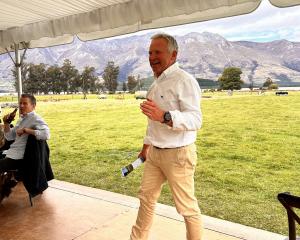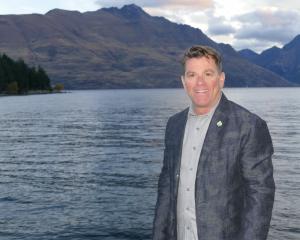A leading US limnologist (lake researcher) says while New Zealand takes biosecurity seriously, we do not have an adequate understanding of the health of our lakes.
University of Wisconsin-Madison Centre for Limnology and Department of Zoology Prof Jake Vander Zanden visited the Queenstown lakes last week with University of Otago limnologist Dr Marc Schallenberg to look at the state of the lakes.
Dr Vander Zanden said when he arrived in New Zealand he was struck by the thoroughness of the biosecurity check.
"It was very clear that they took preventing invasive species from coming in very seriously.
"But like other places in the world there is lots going on in the lakes that little is known about.
"I fully believe that lakes warrant the same kind of investment.''
Dr Schallenberg said the pair looked specifically at "lake snow'', a build up of microscopic bacteria, algae (Cyclotella bodanica) and mucus, which is clogging the water filters of many Wanaka households and affecting the fish population of parts of the lake.
Despite being identified in the lake in 2008, little was known about whether the gelatinous algae was caused by climate change, land use or something else, Dr Schallenberg said.
What was known however, was the same algal bloom in Lake Hayes dramatically diminished in 2010 during an outbreak of the invasive "water flea'' Daphnia, a 2mm-long crustacean, which grazes on algae.
The drop in algae in the lake lasted about two years, probably because perch in the lake started to feed on the water flea, Dr Schallenberg said.
Prof Vander Zanden and Dr Schallenberg said Daphnia could be a powerful algae management tool.
"It is about changing the food web.
"The fish feed on the Daphnia, so if we change the size of the fish being stalked, we can increase the amount of Daphnia in the water and in turn the amount of algae,'' Dr Schallenberg said.
While Daphnia was an exotic species, there was no known way to remove it from the lake because it was so plentiful and it produced resting (dormant) eggs, which sink to the lake bed and can hatch years later.
The manipulation of the food chain would allow scientists to capitalise on the exotic species to benefit the health of lakes, Dr Schallenberg said.
If successful, the algal biomass would be transformed into fish biomass.
During his visit, Dr Vander Zanden gave a lecture to University of Otago department of zoology staff and students on the impact of invasive water species on the wider landscape.


